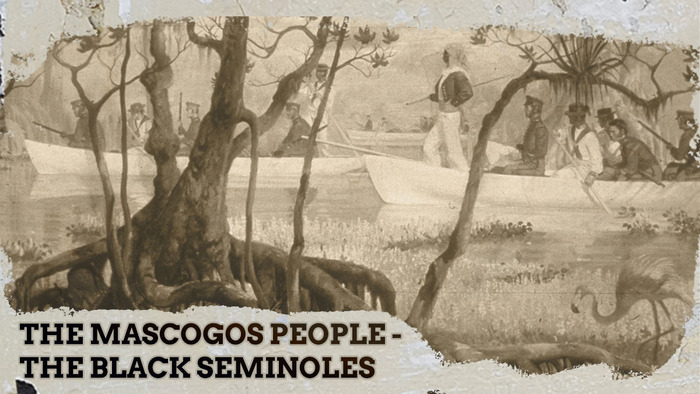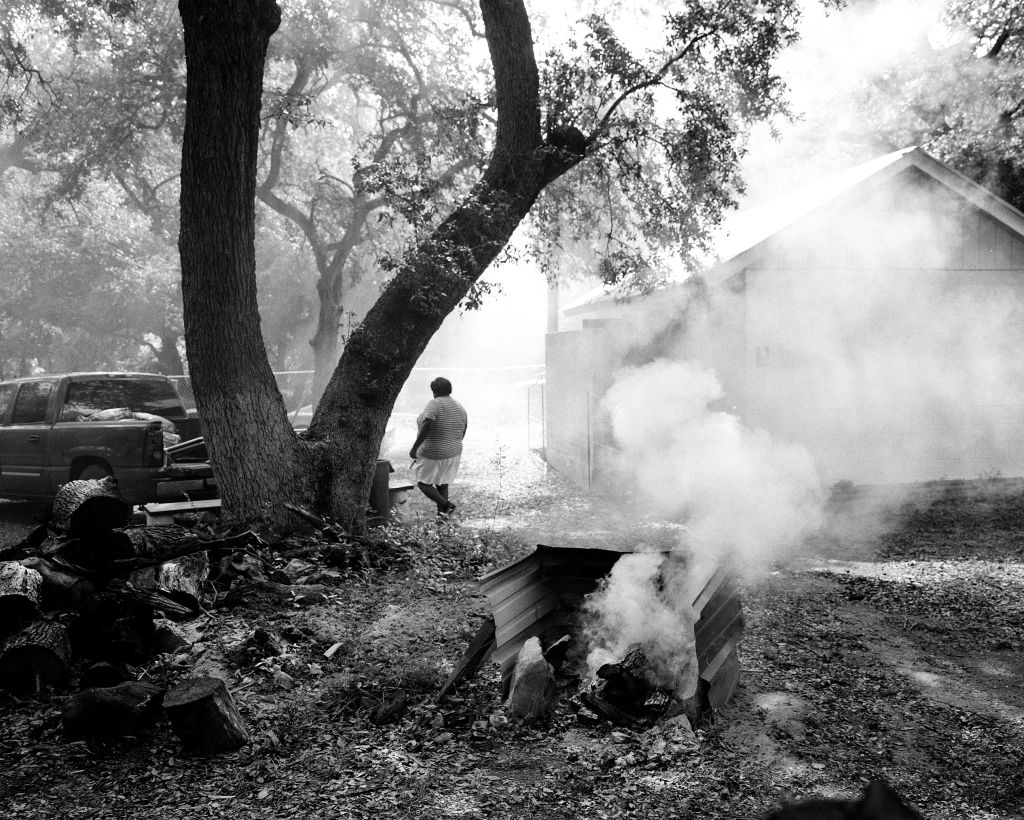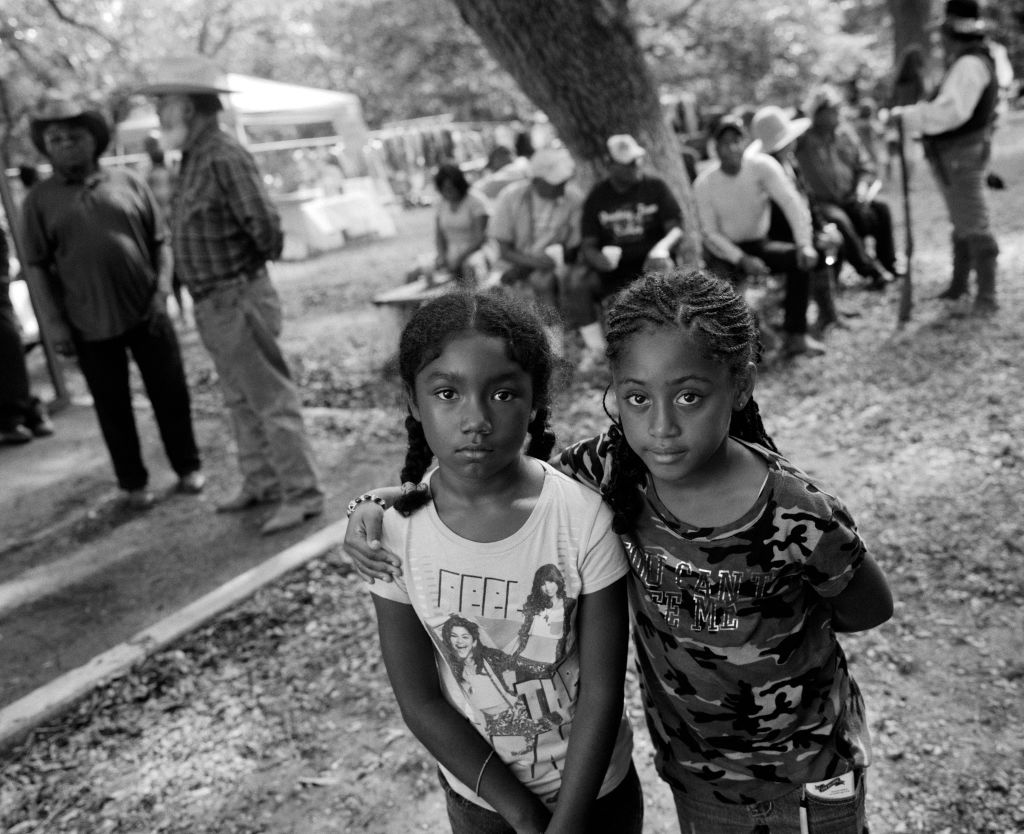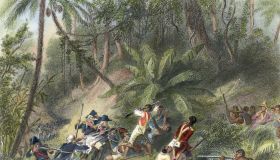How Fugitive Slaves Escaped To Mexico Before The Civil War
The Black Seminoles: How Fugitive Slaves Escaped To Mexico Before The Civil War

- Source: creative services / iOne Digital
When America teaches slavery, it often leaves out some of history’s most amazing stories. We created Black Folklore to give a voice to the lost tales of America’s turbulent past. Here is the story of the Black Seminoles, a group of fugitive slaves who escaped bondage and created a community of free Blacks in Mexico.
In the early 1700s, when what we know as America began to take shape, some Gullah Geechee slaves were able to escape slavery more than 150 years before the start of the Civil War. These fugitive slaves fled south into the Florida peninsula from coastal South Carolina and Georgia. At the time Florida, which was owned by the Spanish, was nothing more than a swampy jungle.
The Spanish offered escaped slaves and renegade Indians a refugee from the onslaught of American tyranny. By the late 1700s, the Gullahs and some Native Americans established their own free settlements in Florida. The free communities maintained friendly relationships with one another until they all became loosely one tribe, a mixed population of native Indians and former Black slaves.
The Gullahs adopted the ways of the natives, while the Natives found joy in Gullah music and folklore. The Gullah also taught the Natives how to survive Florida’s harsh malaria-ridden swamps. Comingling for decades, the two groups raised several generations of free-born Black children. They would eventually be dubbed “Seminole Negroes” or the “Black Seminoles” by American settlers. The word Seminole derives from the Spanish word cimarron, meaning “wild” or “untamed.”
By the start of the 1800s, as word spread of a free settlement from Blacks and Native Americans, the Black Seminole settlements began to grow rapidly, which frightened America’s white elite. America would spend the next 20 years trying to destroy any resistance to the expansion of their white supremacy rule.
According to Yale research, in 1818, General Andrew Jackson (later President) led an American army into Florida to rid the state and the Black Seminoles and claim it for the United States.
Blacks and Native Americans fought side-by-side against Jackson’s troops but ultimately lost and were forced to flee into the more remote wilderness of central and southern Florida. This was known as the “Indian and Negro War,” or the First Seminole War
The United States took control of Florida in 1821
In 1835, the Second Seminole War began, which led to the death of more than 1,500 American soldiers. The Black Seminoles fought American troops for six years fearing that if they lost they would be killed or sent back to slavery. The Black Seminoles were skilled at fighting in the swampy jungles. Some U.S. officials even claimed the Black Seminoles were, “contending against the whole military power of the United States.”
But as smart and resilient as the Black Seminoles were, they didn’t have the manpower to defeat the U.S. army.
In 1842, American troops forcibly removed the Black Seminoles and Native Americans from Florida and moved them to Indian Territory (now Oklahoma) in the unsettled West.
But this didn’t stop the Black Seminoles from continuing their long-lasting struggle for freedom. They had no plans of going back to slavery. While in Oklahoma, slave owners tried to regularly kidnap their women and children and put them back in bondage.
But the Black Seminoles stayed resilient until an unlikely opportunity presented itself. Many slaves in the south knew of the Underground Railroad and had heard stories about slaves traveling to the north to seek freedom. But the Black Seminoles had other plans.
In 1850, a group of Black Seminoles and Natives fled south across Texas to the deserts of northern Mexico to evade white settlers looking for their fugitive slaves. They established a free settlement in Mexico, which began to attract more slaves from the northern American settlements.

Source: Andrew Lichtenstein / Getty
According to some historians, before the Civil War around 3,000 to 5,000 fugitive slaves ran away to Mexico.
These descendants of Black American slaves were eventually known as the Mascogos. They settled in a village in the desert of Coahuila, named Nacimiento de Los Negros, which means, “Birth of the Blacks.” A village that still exists to this day.
The Mascagos have lost most of their Black Seminoles heritage to Mexican culture, but every year during Juneteenth the community celebrates their history with a celebration of the U.S. emancipation holiday.
Although the community is now completely Spanish speaking, their story is still so much a part of ours.
Today the largest number of decedents of the Black Seminoles live on Andros Island, in the Bahamas.
The next time we celebrate our ancestors and their tribulations in finding freedom in America, let’s not forget about the fugitive slaves who fled south instead of north.
Their stories are just as, if not even more, amazing.

Source: Andrew Lichtenstein / Getty
SEE ALSO:
The Incredible Henry ‘Box’ Brown: This Black Man Mailed Himself To Pennsylvania To Escape Slavery
There’s A Black Village Under Central Park That Was Founded By Alexander Hamilton’s Secret Black Son
The Antebellum Tale Of Black Slave Girl Molly And The Haunting Of Sorrel-Weed House

















